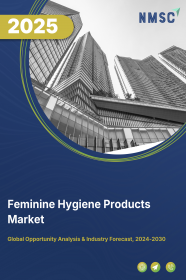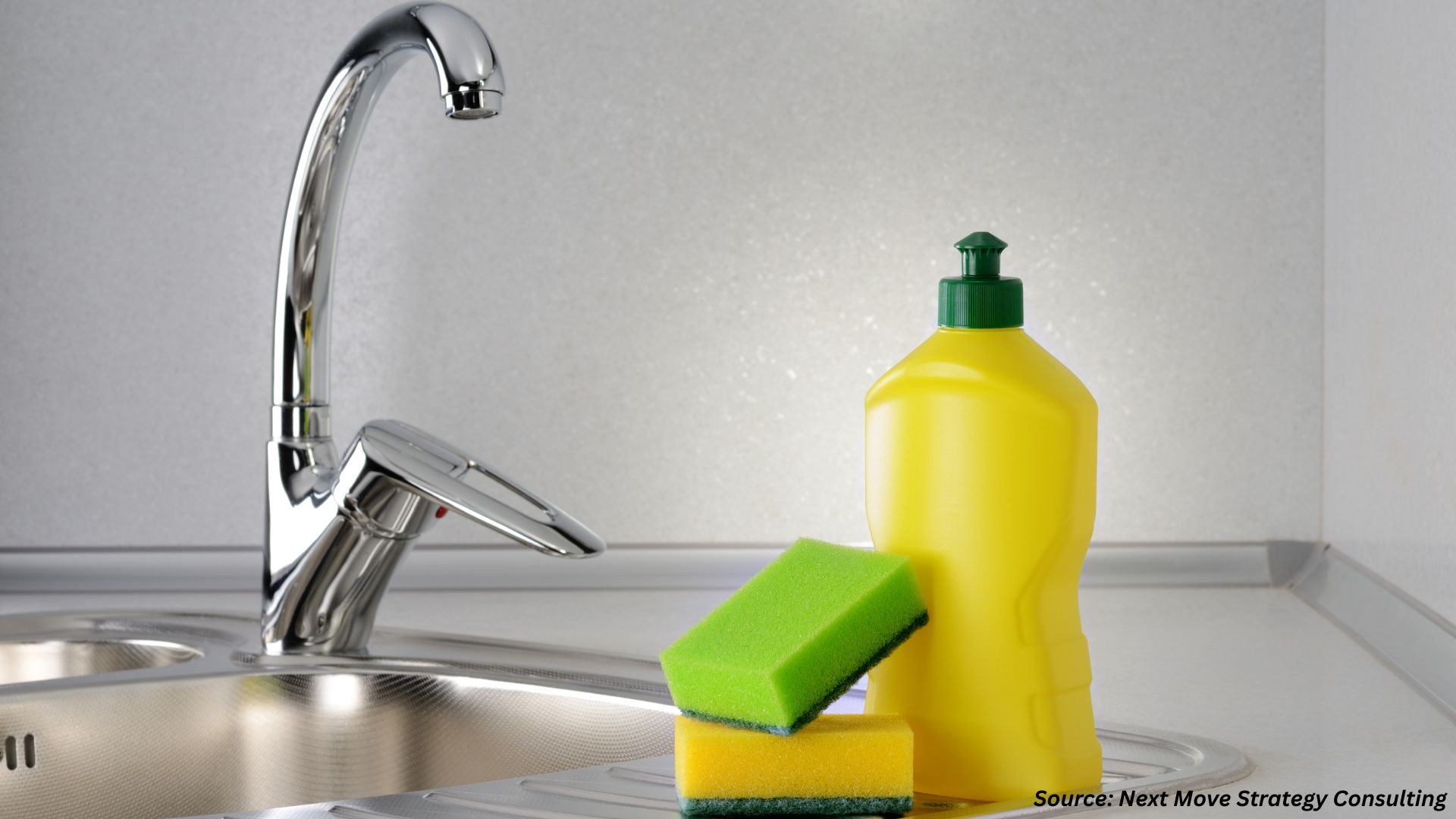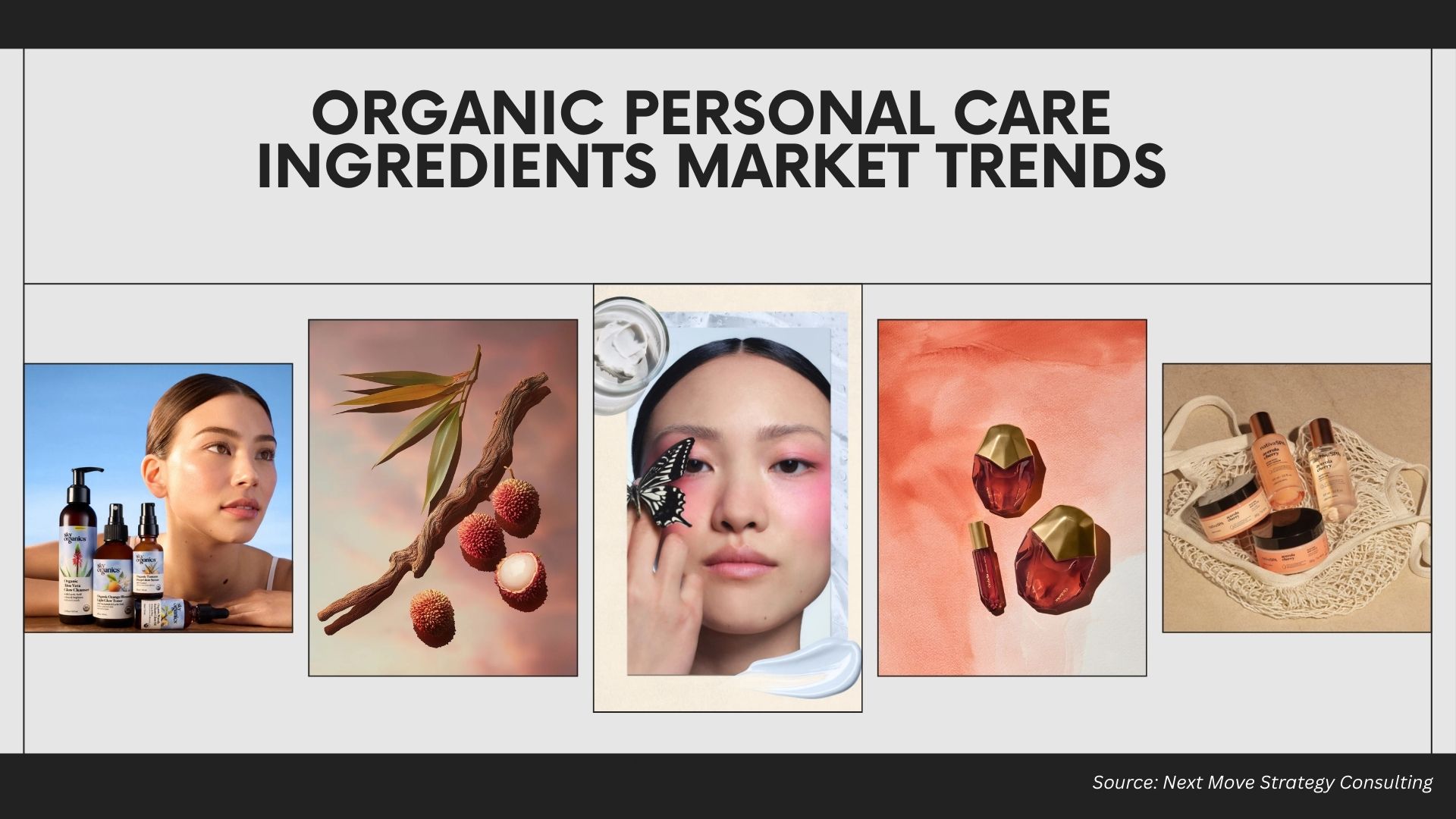
Feminine Hygiene Products Market by Product Type (Menstrual Products, and Intimate Hygiene Products), by Material / Composition (Disposable, Reusable, and Others), by Distribution Channel (Offline, and Online), by End User (Teens / Adolescents, Adults (18–45), and Seniors / Post-menopausal women) – Global Opportunity Analysis and Industry Forecast 2022-2030.
Feminine Hygiene Products Market Report - Comprehensive Overview | |
| Study Period | 2020 - 2030 |
| Base Year for Estimation | 2024 |
| Forecast Data Period | 2026 - 2030 |
| Market Size in Base Year | 28.4 |
| Market Size in Forecast Year | 37.4 |
| Growth Rate 2026 - 2030 | 5.66% |
| Growth Factors | |
| Report Coverage | The report provides insights on market size, forecasts, emerging trends, competitive landscape, key segments, growth opportunities, recent developments, and strategic recommendations to help stakeholders make informed business decisions. |
| Segments Covered | Feminine Hygiene Products Market by Type (Sanitary Napkins/Pads, Panty Liners & Shields, Tampons, Menstrual Cups, Menstrual Care Products, Internal Cleansers & Sprays, Disposable Razors & Blades, Cleaning & Deodorizing Products, Douches, Feminine Wipes, Soap, and Others), by Nature (Disposable and Reusable), and by Distribution Channel (Hypermarket/Supermarket, Convenience Stores, Pharmacies, Online, and Others) |
| Countries Covered | 28 |
| Geographical Analysis | North America (The U.S., Canada, Mexico); Europe (The UK, Germany, France, Italy, Spain, Denmark, Netherlands, Finland, Sweden, Norway, Russia, Rest of Europe); Asia-Pacific (China, Japan, India, South Korea, Australia, Indonesia, Singapore, Taiwan, Thailand, Rest of Asia-Pacific) and RoW (Latin America, Middle East, Africa) |
| Companies Profiled | Top 10 companies |
| Competitive Landscape | |
| Market Share | Available for top 10 companies |
| Customization Scope | Free customization (equivalent to up to 80 working hours of analysts) after purchase. Addition or alteration to country, regional, and segment scope. |
| Purchase Option | Avail customized purchase options to meet your exact research needs. |
Market Definition
The Feminine Hygiene Products Market size was valued at USD 21.2 billion in 2021 and is predicted to reach USD 37.4 billion by 2030 with a CAGR of 6.5% from 2022-2030.
Feminine hygiene products refer to personal care products or menstrual care products, that are used by the women, transgender, and genderqueer population. These products are used to maintain personal hygiene at the time of menstruation, and vaginal discharge, get rid of unwanted hair, and clean internal body parts related to the vulva and vagina. These play a vital role in a woman’s reproductive health and proper intimate hygiene practices to avoid any threat of infection such as yeast infection, urinary tract infections (UTI), and bacterial vaginosis. Some of the commonly used feminine hygiene products are - sanitary napkins, period underwear, hair trimmers, intimate gel washes, and menstrual sponge.
Market Dynamics and Trends
The demand for feminine hygiene products is increasing due to rising awareness amongst the female population, education programs, and rising numbers of working women being financially independent, and self-aware to embrace these hygiene practices in their day-to-day lives. Additionally, many governments and NGOs in various countries are running awareness programs, taking several initiatives to provide free sanitary items to rural and underprivileged areas.
For instance, in December 2021, in India, the state government of Punjab announced to provide of free sanitary pads to women under the ‘Udaan Scheme’ across 27,314 Anganwadi services (under Umbrella Integrated Child Development Services Scheme). Every month nine sanitary pads will be provided free of cost to females at all the Anganwadi Centres in the state.
Many schools provide education to young girls to take of their feminine health and hygiene. Furthermore, the easy availability of low-cost feminine hygiene products coupled with organic and innovative products such as organic reusable cotton pads, which are scented and comfortable with higher absorption capability has further propelled the growth of the feminine hygiene products market.
However, hazardous chemicals and materials that cause allergies and rashes in women are restraining the growth of the market during the forecast period. On the contrary, advancements in product innovation that include biodegradable sanitary pads and menstrual cups along with bio-actives extracts to comply with government laws are creating ample growth and opportunities for the market in the coming years.
Market Segmentations and Scope of the Study:
The feminine hygiene products market is segmented on the basis of type, nature, distribution channel, and geography. On the basis of type, the market is classified into sanitary napkins/pads, panty liners & shields, tampons, menstrual cups, menstrual care products, internal cleansers & sprays, disposable razors & blades, cleaning & deodorizing products, douches, feminine wipes, soap, and others. On the basis of nature, the market is divided into disposable and reusable. On the basis of distribution channel, the market is categorized into hypermarkets /supermarkets, convenience stores, pharmacies, online, and others. Geographic breakdown and analysis of each of the aforesaid segments include regions comprising of North America, Europe, Asia-Pacific, and RoW.
Geographical Analysis
Asia-Pacific holds the lion’s share of the feminine hygiene products market share at present and is expected to boost the market during the forecast period. This is attributed to factors such as growing educational campaigns and awareness about feminine hygiene products by various organizations in many countries such as India and Indonesia this region is driving the market growth.
For instance, in May 2021, UNICEF India launched the hashtag ‘RedDotChallenge’ campaign to promote safety and hygiene for period management. This campaign encourages people including celebrities and influencers to speak up on the issue through social media to promote awareness and break the taboo related to menstruation.
Moreover, increasing favourable government schemes boost market growth in this region. For instance, in August 2020, the Indian government announced to investment of 12,000 crores INR to boost accessibility to sanitary pads in rural areas of the country. The pads are oxo-biodegradable that will break down into tiny pieces in the presence of oxygen and then slowly biodegrade.
North America is expected to show a steady rise in the feminine hygiene products market due to the U.S. being the second largest market in this region in feminine hygiene products worldwide as a large portion of the women population here are using these products for a long time and are highly aware. For instance, in 2020, according to Statista 57.43 million women in the U.S. used sanitary pads and napkins. Also, the exception of service taxes in feminine hygiene products coupled with the demand for organic products such as O.B. organic tampons, and Lunapads. organic cotton tampons boost the market growth in this region.
Competitive Landscape
The feminine hygiene products market comprising of various market players such as Procter & Gamble (P&G), Kimberly-Clark, Essity AB, Unicharm Corporation, Edgewell Personal Care, Johnson & Johnson, Ontex Group, Kao Corporation, Unilever, Hengan International Group, First Quality Enterprises, Maxim Hygiene, The Honey, Pot Company, Natracare, Lil-Lets Group Ltd. These market players are adopting acquisition and expansion of business across various regions to maintain their dominance in the cosmeceuticals market.
For instance, March 2025, Procter & Gamble (P&G) launched Always Pocket Flexfoam, a compact, portable pad offering the protection and comfort of full-size pads in a tiny package. P&G’s Baby / Feminine / Family Care segment showed low-single-digit organic growth in mid-2025, reflecting pressure from costs and pricing dynamics.
Key Benefits
-
The feminine hygiene products market report provides the quantitative analysis of the current market and estimations through 2022-2030 that assist in identifying the prevailing market opportunities to capitalize on.
-
The study comprises a deep dive analysis of the feminine hygiene products market trend including the current and future trends for depicting the prevalent investment pockets in the market.
-
The information related to key drivers, restraints, and opportunities and their impact on the feminine hygiene products market is provided in the report.
-
The competitive analysis of the market players along with their market share in the feminine hygiene products market.
-
The SWOT analysis and Porter’s Five Forces model are elaborated in the study.
-
Value chain analysis in the market study provides a clear picture of the stakeholders’ roles.
Key Market Segments
By Product Type
-
Menstrual Products
-
Sanitary Pads
-
Tampons (Regular, Organic)
-
Menstrual Cups
-
Menstrual Discs
-
Panty Liners
-
Period Underwear
-
Intimate Hygiene Products
-
Intimate Washes
-
Wipes (Disposable / Biodegradable)
-
Sprays / Powders
By Material / Composition
-
Disposable
-
Reusable
-
Organic / Plant-based
-
Conventional / Synthetic
By Distribution Channel
-
Offline
-
Pharmacies
-
Retail
-
Supermarkets
-
Clinics
-
Online
-
E-commerce
-
Brand Websites
-
Subscriptions
By End User
-
Teens / Adolescents
-
Adults (18–45)
-
Seniors / Post-menopausal women
By Geography
-
North America
-
U.S
-
Canada
-
Mexico
-
-
Europe
-
UK
-
Germany
-
France
-
Italy
-
Spain
-
Rest of Europe
-
-
Asia-Pacific
-
China
-
India
-
Japan
-
South Korea
-
Australia
-
Rest of Asia-Pacific
-
-
RoW
-
UAE
-
Saudi Arabia
-
South Africa
-
Brazil
-
Remaining Countries
-
Key Players
-
Procter & Gamble (P&G)
-
Kimberly-Clark
-
Essity AB
-
Unicharm Corporation
-
Edgewell Personal Care
-
Johnson & Johnson
-
Ontex Group
-
Kao Corporation
-
Unilever
-
Hengan International Group
-
First Quality Enterprises
-
Maxim Hygiene
-
The Honey Pot Company
-
Natracare
-
Lil-Lets Group Ltd.

















 Speak to Our Analyst
Speak to Our Analyst

























